Planning your Bohol adventure and want to meet the world’s smallest primates? Skip the roadside photo ops and crowded tourist traps. The Philippine Tarsier & Wildlife Sanctuary in Corella offers the most authentic and ethical way to witness these remarkable creatures in their natural habitat.
This isn’t just another tourist attraction. This 134-hectare forest reserve serves as an active conservation site where over 500 tarsiers live, breed, and thrive naturally among native trees and abundant insect populations. Here’s your complete guide to experiencing this incredible sanctuary responsibly.
Why Visit the Corella Tarsier Sanctuary
The Philippine Tarsier & Wildlife Sanctuary stands apart from other tarsier viewing locations across Bohol. Established by the Philippine Tarsier Foundation in partnership with DENR and local communities, this sanctuary prioritizes conservation over commercialization.
What makes this experience special? You’re witnessing genuine conservation in action. Unlike roadside displays where tarsiers live in artificial enclosures, Corella’s residents roam freely across secondary forest habitats rich with the insects and tree varieties they naturally depend on.
The sanctuary operates with strict ethical guidelines that protect these fragile primates while allowing visitors meaningful encounters. This approach has earned recognition from wildlife conservation groups and sustainable tourism advocates worldwide.
“We want people to fall in love with tarsiers—but on the tarsiers’ terms, not ours.” – Corella Sanctuary Guide ⭐⭐⭐⭐⭐
Perfect for: Wildlife enthusiasts, eco-conscious families, photography lovers, and anyone seeking authentic nature experiences in Bohol.
The Tarsier Trail – Forest Walking Experience
The sanctuary’s crown jewel is its 15-kilometer Tarsier Trail, winding through Corella, Sikatuna, and Loboc municipalities. This guided eco-walk takes you through diverse forest ecosystems that mirror the tarsiers’ natural habitat requirements.
Trail Highlights: ✅ Family-friendly | 📷 Instagram-worthy | 🌿 Educational | 🦅 Birdwatching
Your guided journey includes mahogany groves, bamboo forests, native ficus trees, and fern-covered undergrowth. Along the way, you’ll discover strategic viewing points where tarsiers frequently rest during daylight hours.
What You’ll Experience:
- Wild tarsier sightings at natural observation spots
- Birdwatching opportunities including serpent eagles, native owls, and colorful woodpeckers
- Educational plant signage explaining Bohol’s forest biodiversity
- Scenic viewpoints overlooking Loboc River and distant Busay Falls
- Small group sizes (maximum 10 people) to minimize wildlife disturbance
The trail operates year-round, though the dry season (December to May) offers the most comfortable walking conditions. Guided walks typically last 90 minutes to 2 hours, depending on tarsier activity and group pace.
🛶 Book Your Tarsier Forest Experience ✅ Small group eco-walks with expert guides 🐒 Guaranteed tarsier sightings in natural habitat 📷 Photography tips from wildlife specialists ⏰ Morning slots fill quickly—book ahead!
What’s Included & Excluded
✅ Includes: Expert naturalist guide, forest trail access, visitor center admission, educational materials, small group experience
❌ Excludes: Transportation to sanctuary, meals, photography equipment, insect repellent
Value highlight: Entry fees directly fund tarsier conservation programs and local community development—your visit makes a real difference!
Frequently Asked Questions
H3: What time should I visit the sanctuary?
The sanctuary operates 8:00 AM to 5:00 PM, but 9:00 AM to 3:00 PM offers the best tarsier viewing. These nocturnal primates sleep during daylight but remain visible in their preferred resting spots among the trees.
H3: Can children safely visit the tarsiers?
Absolutely! The sanctuary welcomes families with age-appropriate educational programs. Children must stay with adults and follow the same quiet observation rules that protect these sensitive animals.
H3: How long does the complete visit take?
Plan 2-3 hours total: 30 minutes at the visitor center, 90 minutes for the guided trail walk, and additional time for photography and gift shop browsing.
H3: What should I bring for the forest walk?
Essential items include comfortable hiking shoes, water bottle, wide-brimmed hat, zoom camera lens, and insect repellent. Avoid bright clothing and strong fragrances that might disturb wildlife.
H3: Are tarsier sightings guaranteed?
While no wildlife encounter is 100% guaranteed, the sanctuary’s expert guides know the tarsiers’ favorite resting areas and have an excellent success rate for meaningful sightings during daylight hours.
Sanctuary Rules & Ethical Guidelines
The Philippine Tarsier & Wildlife Sanctuary enforces strict protective measures that ensure visitor safety and tarsier welfare. These guidelines reflect international best practices for ethical wildlife tourism.
Critical Rules for All Visitors: ❌ No touching, holding, or attempting contact with tarsiers ❌ No flash photography or bright lights ❌ No loud conversations or sudden movements ❌ No selfie sticks or close-approach photography ✅ Maintain 1-meter minimum distance at all times ✅ Stay on designated trail paths with your guide
Why these rules matter: Tarsiers possess extremely sensitive nervous systems. Sudden stress from noise, bright lights, or physical contact can cause cardiac arrest in these delicate primates. The sanctuary’s approach prioritizes animal welfare over photo opportunities.
Photography Guidelines: Use zoom lenses for clear shots without disturbing the animals. The sanctuary’s guides can suggest optimal viewing angles and timing for respectful wildlife photography that captures these remarkable creatures naturally.
“One camera flash or sudden noise can stress a tarsier enough to stop its heartbeat.” – Bohol Wildlife Conservation Expert ⭐⭐⭐⭐⭐
The Visitor Center Experience
Before entering the forest trail, spend time at the sanctuary’s Tarsier Research & Development Center. This educational facility provides crucial context that enhances your wildlife encounter experience.
Center Features: 🎥 Documentary screenings about tarsier behavior and conservation challenges 📷 Photography exhibitions showcasing sanctuary research and breeding programs
🛍️ Eco-friendly souvenir shop supporting local artisans ☕ Refreshment area with locally-sourced snacks 📚 Interactive displays explaining Bohol’s broader biodiversity
The center’s educational programs help visitors understand why ethical tarsier tourism matters and how the Corella sanctuary differs from commercial “tarsier photo stops” found elsewhere in Bohol. This knowledge transforms your visit from simple sightseeing into meaningful conservation support.
Recommended Visit Flow:
- Start with the orientation video (15 minutes)
- Explore educational displays and photo exhibitions
- Join your guided forest trail experience
- Return for refreshments and souvenir shopping
Getting to the Sanctuary
The Philippine Tarsier & Wildlife Sanctuary in Corella is conveniently located just 20 minutes from Tagbilaran City and 35 minutes from popular Panglao Island resorts.
Transportation Options:
- Private Vehicle: Most convenient option with parking available on-site
- Organized Tours: Most Bohol countryside tours include Corella as a scheduled stop
- Tricycle/Habal-habal: Negotiate from Tagbilaran (₱300-500 round trip)
- Public Transport: Jeepney to Corella then tricycle to sanctuary (budget-friendly but time-consuming)
GPS Coordinates: The sanctuary entrance is clearly marked along the Corella-Sikatuna road, approximately 2 kilometers from Corella town center.
For stress-free visits, consider booking organized tours that handle transportation logistics while ensuring ethical wildlife viewing standards.
🚐 Book Hassle-Free Sanctuary Transport ✅ Hotel pickup from Tagbilaran or Panglao 🗺️ Expert local drivers who know the best routes 🕒 Limited daily tours—secure your spot early!
Travel Tips & Essentials
Best Visiting Conditions: Visit during Bohol’s dry season (December through May) for optimal trail conditions and comfortable forest walking. Morning visits (9:00-11:00 AM) often provide the most active tarsier behavior as they settle into daytime resting spots.
Essential Gear:
- Non-slip hiking shoes for forest trails
- Zoom camera lens (200mm minimum recommended)
- Insect repellent and sunscreen
- Water bottle and light snacks
- Wide-brimmed hat for sun protection
Insider Tips: Move slowly and speak softly throughout your visit. Tarsiers respond better to calm, patient observers. The sanctuary’s guides are excellent at spotting resting tarsiers that untrained eyes often miss among the foliage.
Weather Considerations: Bohol’s average temperature ranges 24-32°C year-round. The sanctuary remains accessible during light rain, but heavy downpours can temporarily close forest trails for safety.
For comprehensive Bohol travel planning, including weather patterns and packing recommendations, see our Complete Bohol Travel Guide.
Other Tarsier Viewing Options in Bohol
While the Corella sanctuary represents the gold standard for ethical tarsier encounters, other facilities exist across Bohol with varying approaches to wildlife tourism.
Alternative Locations:
- Tarsier Conservation Area (Loboc): More accessible from Chocolate Hills tours but more crowded
- Philippine Tarsier Recreation Inc. (Bilar): Smaller facility with limited educational programs
- Tarsier Botanika (Panglao): Mixed botanical garden and tarsier exhibit
Important Advisory: Avoid roadside tarsier displays, mini-zoos, or facilities that allow direct contact with these sensitive animals. These operations often prioritize photo opportunities over animal welfare.
The Corella sanctuary’s commitment to conservation, education, and ethical tourism makes it the clear choice for responsible travelers seeking authentic wildlife experiences.
Visit our Complete Bohol Attractions Guide for detailed comparisons of all tarsier viewing locations and other must-see destinations.
What Guests Are Saying
Visitors consistently praise the Corella sanctuary’s commitment to conservation and the quality of their educational programs. Recent feedback highlights the knowledgeable guides and the meaningful nature of the experience.
“Seeing tarsiers in their natural forest habitat—not in cages—completely changed how I think about wildlife tourism. The guides were incredibly knowledgeable about both conservation and local ecology.” – Viator Guest ⭐⭐⭐⭐⭐
Guest Satisfaction Data: Backed by 800+ reviews across multiple platforms, the sanctuary maintains a 4.8/5 average rating. Visitors particularly appreciate the small group sizes and the sanctuary’s genuine conservation mission.
“This ethical approach to tarsier viewing should be the model for all wildlife tourism in the Philippines. Educational, respectful, and genuinely impactful.” – GetYourGuide Traveler ⭐⭐⭐⭐⭐
Trust Signal: This sanctuary consistently ranks as Bohol’s top-rated ethical wildlife experience and has received recognition from international conservation organizations.
Best Time to Visit
The Corella sanctuary operates year-round, but timing your visit strategically can enhance both your experience and the tarsiers’ comfort.
Optimal Seasons:
- December-May (Dry Season): Best trail conditions, comfortable walking temperatures, and clearest photography opportunities
- June-November (Wet Season): Lusher forest vegetation but potential trail closures during heavy rains
Daily Timing Recommendations: Early morning visits (8:00-10:00 AM) often coincide with tarsiers settling into their daytime resting positions. Late morning through early afternoon (10:00 AM-3:00 PM) provides reliable viewing opportunities as the animals remain visible but inactive.
Seasonal Considerations: During Bohol’s peak tourism months (December-February), the sanctuary implements visitor quotas to prevent overcrowding. Advance booking becomes essential during this period to guarantee admission.
Festival Impact: Plan around major Bohol festivals when accommodation and transportation costs increase significantly. The sanctuary maintains regular operations but may experience higher visitor volumes.
Conservation Impact & Why It Matters
The Philippine Tarsier & Wildlife Sanctuary represents far more than a tourist attraction—it’s a critical conservation initiative protecting one of the world’s most endangered primates.
Active Conservation Programs:
- Habitat restoration across 134 hectares of secondary forest
- Breeding programs supporting genetic diversity
- Research initiatives studying tarsier behavior and ecological needs
- Community education programs reducing human-wildlife conflict
- Anti-poaching efforts protecting tarsier populations
Visitor Impact: Your entrance fees directly fund these conservation efforts while providing sustainable income for local communities. The sanctuary employs local guides, sources materials from nearby suppliers, and reinvests tourism revenue into expanded protection programs.
Global Significance: With fewer than 10,000 Philippine tarsiers remaining in the wild, ethical tourism operations like Corella play vital roles in species preservation. The sanctuary’s breeding program has successfully increased local tarsier populations while maintaining genetic diversity.
By choosing ethical wildlife experiences, you’re supporting conservation efforts that ensure future generations can witness these remarkable primates in their natural habitats.
Is This Right for You?
The Corella sanctuary appeals to travelers seeking meaningful wildlife encounters that prioritize conservation over commercialization. This experience suits various travel styles and group compositions.
Perfect Match For:
- Families with curious children: Educational programs designed for all ages
- Wildlife photography enthusiasts: Excellent opportunities for respectful nature photography
- Eco-conscious travelers: Supporting genuine conservation through responsible tourism
- Cultural learners: Understanding Philippine biodiversity and conservation challenges
Experience Level: Suitable for all fitness levels. The forest trails involve gentle walking on established paths with rest stops available. No technical hiking experience required.
Accessibility Notes: The main visitor center accommodates mobility devices, though forest trail access may be limited for wheelchair users. Contact the sanctuary directly to discuss specific accessibility needs.
Time Investment: Allow 2-3 hours minimum for the complete experience, including educational center visit and guided forest walk.
This sanctuary offers one of Southeast Asia’s most authentic and ethical wildlife encounters, making it an essential stop for any Bohol itinerary focused on meaningful travel experiences.
Book Your Ethical Tarsier Experience Now
Ready to support conservation while witnessing one of nature’s most fascinating creatures? The Corella sanctuary offers several booking options to match your travel preferences and schedule.
🐒 Book Your Tarsier Sanctuary Visit ✅ Rated 4.8/5 by 800+ conservation-minded travelers 🌿 Support active tarsier conservation programs 📚 Expert guides with extensive wildlife knowledge ⏰ Small groups fill quickly—reserve your spot! 👉 [Check Live Availability] – Help protect these incredible primates!
Conversion Benefits:
- Conservation Impact: Your visit directly funds tarsier protection programs
- Educational Value: Learn from expert naturalists and conservation specialists
- Authentic Experience: See tarsiers in their natural forest habitat
- Small Groups: Maximum 10 visitors per guide for personalized attention
- Photo Opportunities: Respectful wildlife photography with professional tips
Booking Confidence: Free cancellation up to 24 hours before your visit, instant confirmation, and flexible timing options to match your Bohol itinerary.
Support our site by booking through our trusted partners. These affiliate links help keep this travel content free while supporting local tourism and conservation efforts in Bohol.


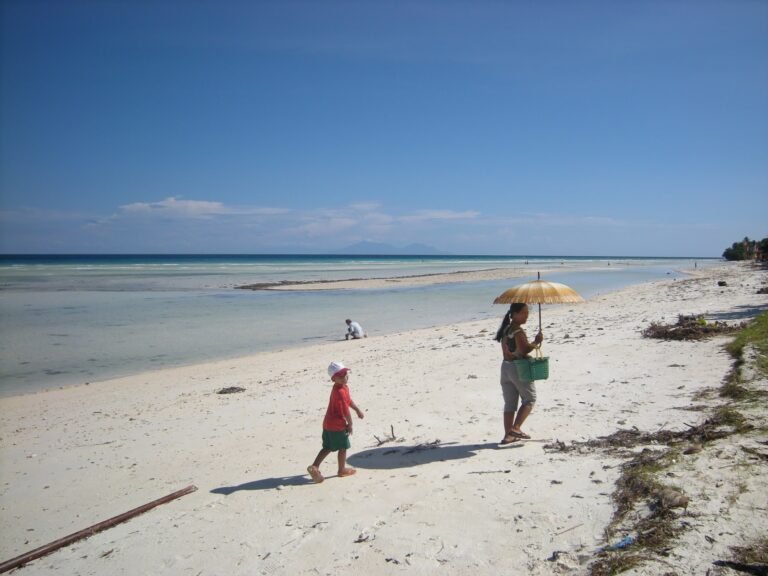
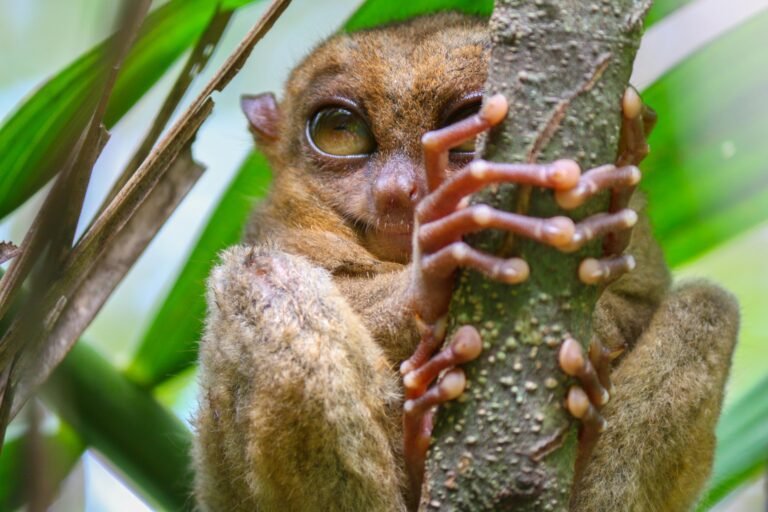
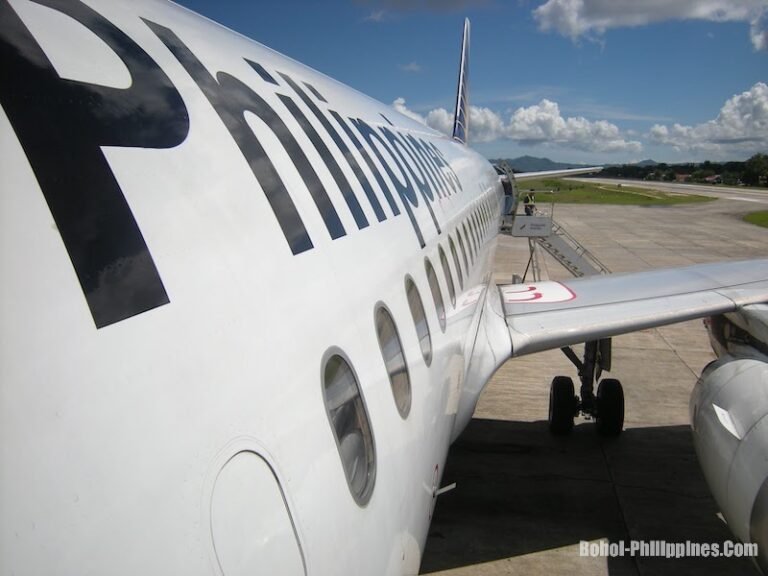
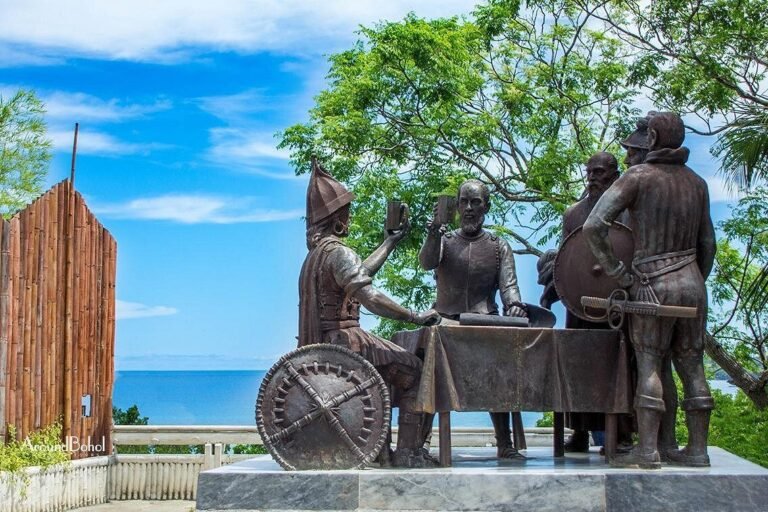
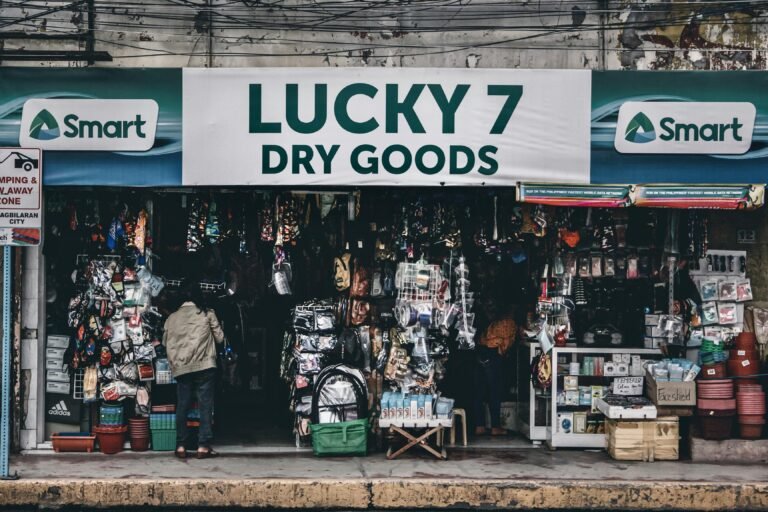

One Comment